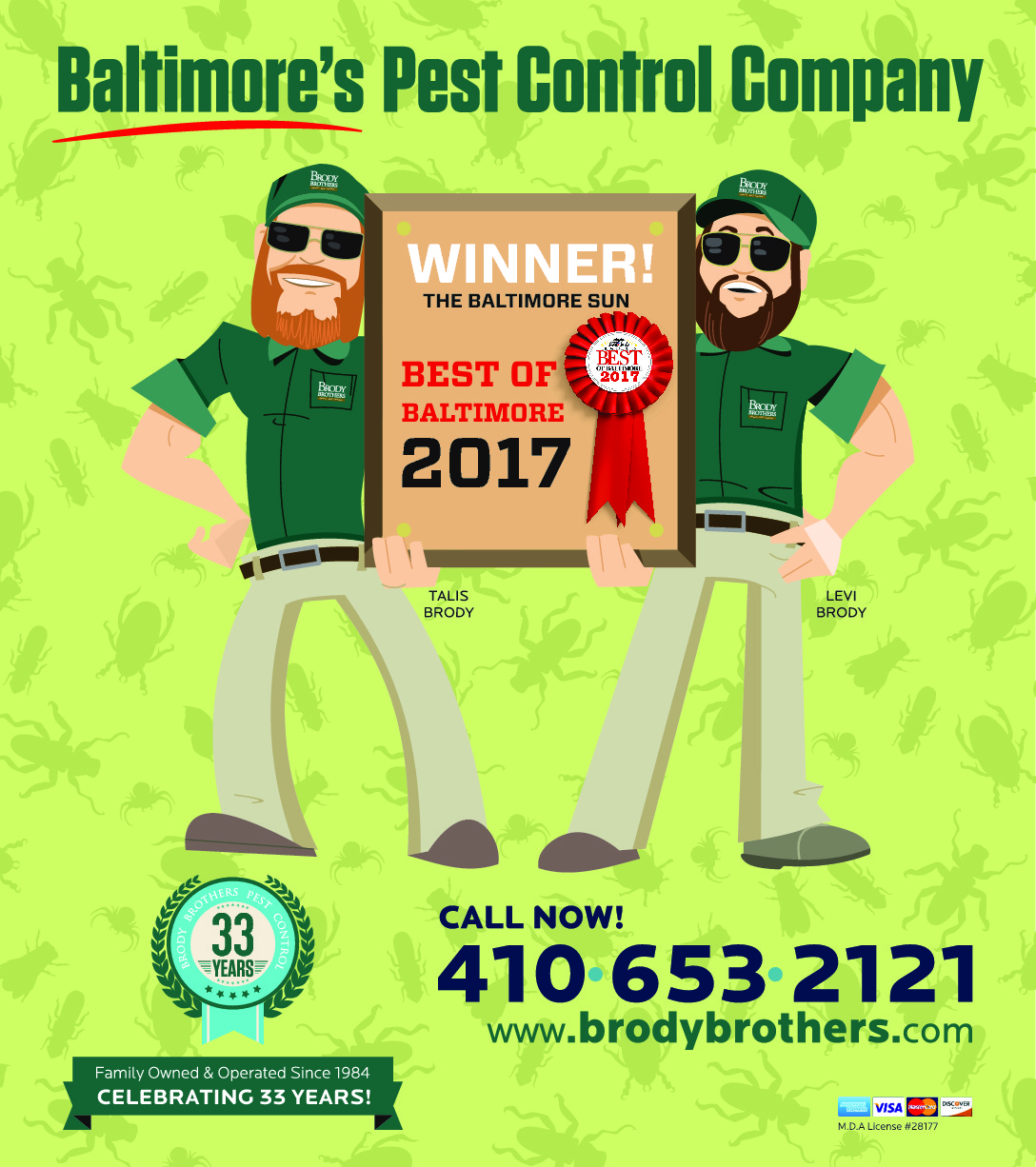by Sarah Smith
It never occurred to Dov Pear that he would one day have a stand at a local farmer’s market selling homegrown “specialty” mushrooms to a regular returning clientele. And yet week after week, he is doing what he loves: growing and selling gourmet mushrooms at local farmer’s markets.
How did this come about? Dov
explains that he has always had a fascination with mushrooms whenever the
family took hikes in the woods. “If you’re not looking for them, they can
really go unnoticed. But like anything, once you start looking, they seem to be
everywhere.” Fascinating by the myriad varieties they found, the next question
was, “Can I eat these, and can I grow them?”
Eating wild mushrooms is HIGHLY
DISCOURAGED unless you are an expert in mushroom identification and have been
trained in the field by other experts. The simple reason is that a mistake can
be deadly; some poisonous mushrooms look similar to edible mushrooms. A family
friend who is an expert in mushroom identification took the family on a
foraging hike and showed them a couple types of mushrooms that they could
safely pick as they had no look-alike competitors. “I would never rely on a
field guide or mushroom app and go ahead and eat a wild mushroom, unless I had
an experienced forager with me,” says Dov.
Dov wondered if there was a safe
way to grow mushrooms. It was at this time that Covid kept everyone at home, so
Dov signed up for an online course and began his journey into mushroom
cultivation. “It’s ironic that, as a kid, I thought that mushrooms were the
embodiment of the sitra achra. How
was it possible that my family actually ate them?” He remembers one time when
his mother served spaghetti sauce with tiny bits of mushroom, and he had a full-blown
meltdown at the table, until his wonderful mother picked out each and every
mushroom for him. (He did not share how old he was at the time!)
The online course from Cornell
University was the key that Dov needed to open up the world of mushroom
growing. There are many YouTube videos that are also informative, but he felt
this course packaged the entire process in a systematic way so that even a
novice could get into mushroom growing.
“Although my primary interest was
to grow mushrooms for my family, I realized that it could be scaled up, and I
liked the possibility of having a small commercial business.” To this end, Dov
converted his garden shed into a humidified grow room right outside the house.
“The main concern in growing mushrooms is the fact that, once mature, mushrooms
can shed millions of spores (similar to seeds) into the air. There are ways to
grow mushrooms indoors, with proper ventilation but outside the house avoids
any problems.”
Dov retrofitted the shed with high
quality insulation, vented humidity, and fresh air from equipment in his
basement and set up monitors to register temperature, humidity, air flow, and lighting
within the grow room. “Mushrooms grow at different temperatures (e.g., Chagra
mushrooms from Siberia at 40° F., Pink Oyster at 85° F.) so I grow mushrooms
that do well in the 65 to 75 degree temperature range.”
Aside from where to grow the
mushrooms, Dov had to decide what type of mushrooms to grow. The most common
mushrooms found in any food store are button and portobello mushrooms. He
explained that these mushrooms are the most common because they are the most
stable and ship easily from producer to consumer. In fact, over 800 million
pounds are grown in the United States every year. Less common are shitake (1.5
million pounds) and oyster mushrooms (1 million pounds). Dov decided to
specialize in growing oyster mushrooms since they are prolific, with many
varieties. They range from white, dull blue, grey, golden yellow and pink, and taste
delicious. Additionally, he grows lion’s mane mushrooms and shitake.
Some of the reported health
benefits of mushrooms include:
·
High in antioxidants (ergothioneine, glutathione)
·
Cholesterol-lowering compounds (lovastatin)
·
Antibacterial and antiviral properties
·
Anti-inflammatory effects
·
Support immune function
·
Low in fat, sodium, and calories
The process in growing the
mushrooms still fascinates Dov, despite the repetitive aspects of the grow
cycle. The first thing to remember, he says, is that mushrooms need a
nutritional source to grow from, and they have a lot of competition from other
airborne microbes in the environment. Mold can be a significant problem if the
growing environment is not as sterile as possible.
Dov uses his back basement as his
“mushroom lab,” where he has built a germ free, “laminar flow hood” that uses a
HEPA filter to filter out any contaminants in the work area. The mushrooms will
eventually grow out of a five-pound plastic bag in the grow shed. Before they
reach the “fruiting” stage, however, they must grow mycelium, which is
vegetative body of a fungus – essentially, the “roots” of the mushroom.
Mycelium is a network of fine,
thread-like structures that spread through the substrate (soil, wood, compost,
etc.) to absorb nutrients. Its role is to digest organic matter and absorb
nutrients, much as plant roots do. It is the main growth stage of a fungus,
while the mushroom itself is the fruiting body for reproduction.
Amazingly, in nature, mycelium decomposes
wood, leaves, and organic debris, which is essential for a healthy biosystem
and for the oxygen that we breathe; it helps form rich, fertile soil. If you go
for a walk in the woods, you may notice white patches of mycelium growing on
logs and leaves. Hang around long enough, and you’ll eventually see mushrooms
growing – where there is mycelium, there are mushrooms! The largest mycelium
field is located in the Blue Mountains of Oregon and covers approximately 3.5
square miles with an estimated mass of 35,000 tons! That’s a lot of potential
mushroom growth!
In a home growing environment, Dov
explains the process that a mushroom grower needs to follow in order to produce
mushrooms.
First,
mushroom spores (bought online and arriving in a syringe filled with water) are
injected into a canning jar filled with coconut juice (sterilized in a pressure
cooker). After two weeks, the spores turn into a gel-like mass (mycelium). This
is used to inoculate sterile bags of millet. Two or three weeks later, the
millet bags will be “colonized” with mycelium. You can no longer see the
millet. Instead, the bag will become completely white. The mycelium is then
transferred to sterilized five-pound bags of hydrated soy or hardwood pellets. After
two to three weeks, these bags will also turn completely white with mycelium.
At this point they will resist airborne molds and bacteria and are ready to
“fruit” in the grow room. In one- or two-weeks’ time, mushrooms will emerge
from slits in the bags. They grow from half an inch to three inches in a couple
of days!
“As geeky as the process sounds,
it’s really amazing to actually see how Hashem has this whole process worked
out. Every stage is a transformation of yesh
mi’ayin – from microscopic spores to liquid mycelium, millet mycelium, wood
mycelium, mycelium bags, and shazam…actual
mushrooms!”
The best part, for Dov, is when he sees the mushrooms
sprouting in the grow room. “I get to see golden yellow mushrooms next to pink
ones next to black ones. And they never grow exactly the same. To see something
grow from what appears to be nothing – shehakol
nihiyeh b’dvaro – is a real miracle. B”H,
I get to witness this process every day!”
Some of the mushrooms Dov grows are
not recommended by kashrus
organizations because they are difficult to check for bugs, due to the gill
structure in the caps, where bugs can easily hide. He explains that, like any
food product, the main issue is the growing environment itself. If there are
few or no bugs in the grow room, you won’t have an issue with bugs. Conversely,
if there are a lot of bugs, or if the mushrooms are grown outdoors, then bugs
could be a real issue. Dov also sells “ready-to-grow bags,” where you can grow
mushrooms right out of the bag by simply spritzing them with water in your
house for a week, with little concern for bugs or mess.
At the farmers markets, Dov has a
steady flow of repeat customers, and they often share recipes or simply talk
about their love of mushrooms. One of his more interesting recipes uses pink
mushrooms for a fake bacon product. Another uses lion’s mane mushroom for
imitation crab cakes. His customers tell him that they can’t tell the
difference between the real thing and the mushroom variety. He is also a
mushroom coffee lover. Mushroom coffee consists of five or six powdered dried
mushroom varieties that have purported health benefits, such as strengthening
the immune system and cognitive enhancement. Dov boasts that he now remembers
what he had for dinner last night!
You can find him at the following
markets:
·
Tuesday afternoon: Kenilworth Farmers Market (Towson),
3-6 p.m.
·
Wednesday morning: Catonsville Farmers Market, 9-12 p.m.
·
Wednesday afternoon: Ellicott City Farmers Market, 2-6
p.m.
·
Thursday morning/afternoon: Towson Farmers Market,
10:30 a.m. to 2:30 p.m.
Dov often has surplus mushrooms on
hand. You can reach out to him at dovpear@gmail.com
or www. dovsdelicious.com if you are in a mushroom mood. And of course, it goes
without saying that, when you meet Dov, you’ll find a really fun guy!






